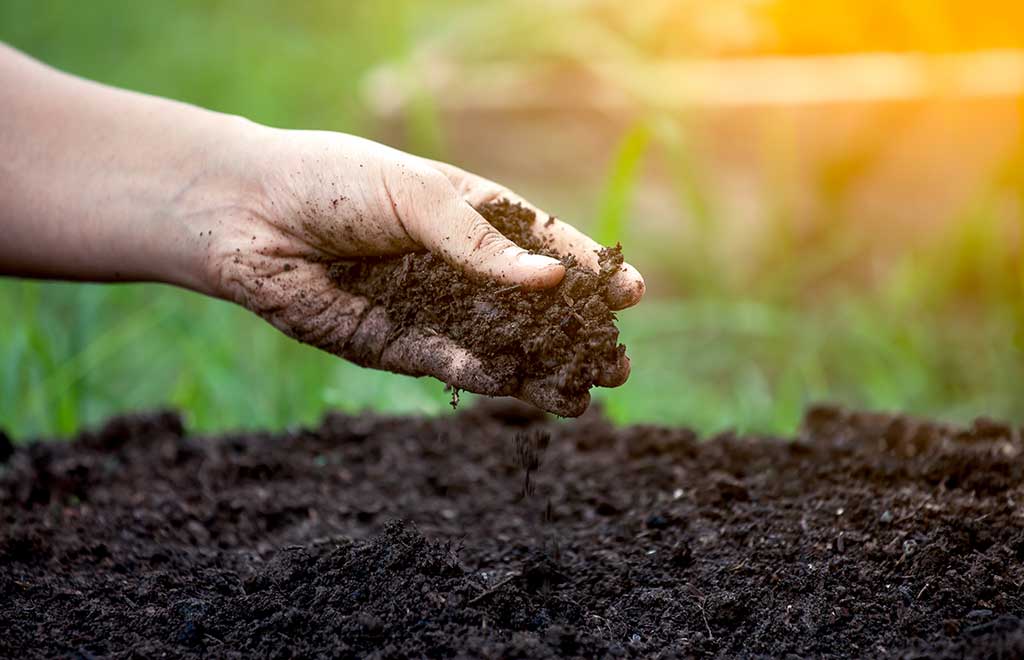Bioenergy
Industrially, biomass, known as a very clean source of energy can be used not only to satisfy global economic needs, but also, its utilization can serve as an effective means to help to eliminate further CO2 emissions thereby helping to eliminate the greenhouse gas effect. This strategy is intended to discuss concepts in using biomass as part of the CCUS strategy which are being developed within the SaskPower Clean Energy Chair Research program.
Biomass can be used as a direct source of energy to provide heat and electricity for houses, buildings, and communities. Although net zero emissions of greenhouse gases can potentially be achieved from direct burning of the biomass, the use of biomass combustion on its own for energy production will not be able to remove enough CO2 from the atmosphere so as to control the rise of global temperature to within 1.5º – 2ºC, regarded as the effective range capable to stabilize the effect of climate change.
If such range of global temperature rise is desired, as much as 10 and 20 Gt CO2/year must be respectively removed by mid-century and the end of the century. Therefore, a negative emissions of CO2 approach for generation of energy must be used. This can be achieved by incorporating carbon capture and storage (CCS) into biomass based energy production system. A combination of biomass to produce power and CCS to subsequently capture the CO2 will result in a net negative CO2 emissions.
Under the SaskPower Clean Energy Chair Research program, tremendous efforts and time have long been invested in research activities in post-combustion capture based CCS. Currently, this knowledge in CCS will be applied to biomass in an in-depth study so that the most effective technology in this area can be fully developed and used.

Journal Publications
2018
- Jaafari, L., Ibrahim H., Jaffary, B., Idem, R., 2018. Catalytic Production of Furfural by Pressurized Liquid Water Liquefaction of Flax Straw, Renewable Energy, 130 (2019) 1176-1184.
- Sabri, F., Idem, R., Ibrahim. H., 2018. Metal Oxide-Based Catalysts for the Autothermal Reforming of Glycerol. Industrial & Engineering Chemistry Research, 57, pp 2486−2497.
- Oluku, I., Ibrahim, H., Idem, R., 2018. Ternary oxide-supported bimetallic nickel-copper catalysts for a single step high temperature water gas shift of biogas reformate, Fuel, 234, pp. 1238–1258.
2020
- Totong, S., Daorattanachai, P., Laosiripojana, N. and Idem, R., 2020. Catalytic Depolymerization of Alkaline Lignin to Value-added Phenolic-based Compounds over Ni/CeO2-ZrO2 Catalyst Synthesized with a One-Step Chemical Reduction of Ni Species using NaBH4 as the Reducing Agent, Fuel Processing Technology, 198, 106248.
- Payormhorm, J. and Idem, R., 2020. Synthesis of C-doped TiO2 by Sol-Microwave Method for Photocatalytic Conversion of Glycerol to Value-added Chemicals under Visible Light, Applied Catalysis – A General, 590, 117362, https://doi.org/10.1016/j.apcata.2019.117362.
Conference Presentations
Keynote & Invited Seminars:
- Keynote Speaker: Idem, R., Biogas Purification: The Role of Heterogeneous Catalysis in Drastically Reducing CO2 Separation Energy and Sizes of Plant Equipment, Forum of Revolutions in Renewable Energy in 21st Century, October 07-09, 2019 at Rome, Italy
Selected Refereed Conference Proceedings:
- Sansanee Totong, Pornlada Daorattanachai, Navadol Laosiripojana, Raphael Idem, Direct Catalytic Conversion of Waste Black-Liquor from the Pulp and Paper Industry into High-Value Chemicals over Magnetic Nanocatalysts, XXIX Interamerican Congress of Chemical Engineering Incorporating the 68th Canadian Chemical Engineering Conference, Toronto, Canada, October 28-31, 2018.
- Jiraporn Payormhorm, Raphael Idem, Conversion of Glycerol to High-Value Chemicals by CO2 photoreduction using C doped TiO2 photocatalyst, XXIX Interamerican Congress of Chemical Engineering Incorporating the 68th Canadian Chemical Engineering Conference, Toronto, Canada, October 28-31, 2018.
